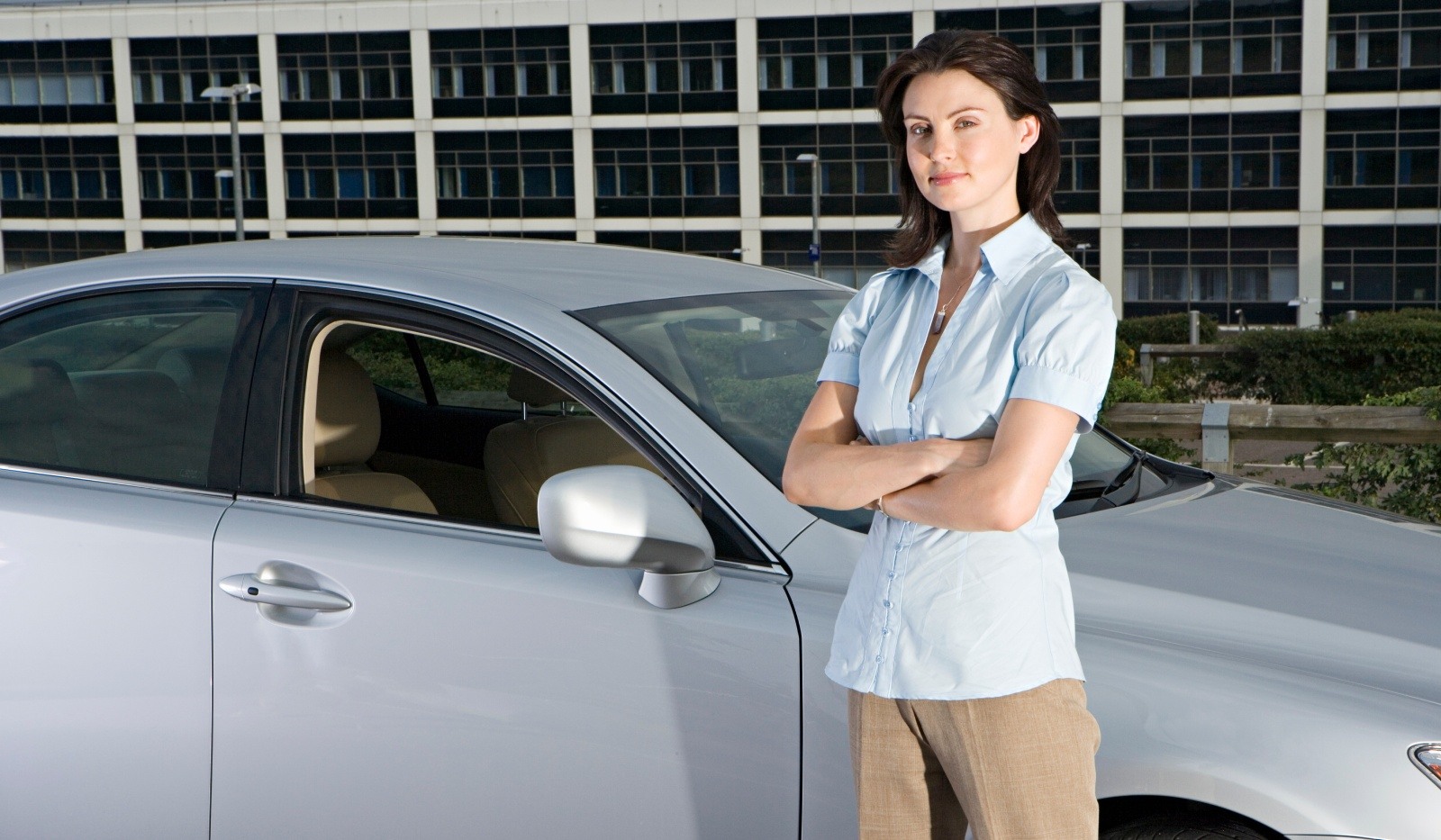
In today’s business landscape, many companies rely on hired and non-owned auto drivers to fulfill their transportation needs. However, there are several myths surrounding the responsibilities and liabilities associated with these drivers. It is crucial for companies to understand the truth behind these myths to protect themselves legally and financially. In this blog, we will debunk some of the most common misconceptions surrounding hired non-owned auto.
5 Myths About Hired Non-Owned Auto: Debunked
Myth 1: Our company is only responsible for incidents that occur in company-owned vehicles.
Fact: One of the most prevalent myths is that a company is only liable for crashes that happen in vehicles owned by the company. However, the responsibility of a company extends beyond its own vehicles. If a crash occurs while an employee is conducting company business in a hired or non-owned vehicle, the company may still be held responsible for the damages, depending on the circumstances. It is important to recognize that liability can be attributed to the actions of employees, regardless of the type of vehicle involved.
Myth 2: Our company is only responsible for incidents that occur with full-time drivers.
Fact: Many businesses engage part-time or contract drivers to meet their transportation needs. However, the misconception that companies are only responsible for crashes involving full-time drivers is false. If an individual is performing work-related tasks on behalf of the company, even on a part-time or contractual basis, the company can still be held liable for any incidents they cause. It is essential for companies to ensure that all drivers, regardless of their employment status, adhere to proper safety protocols.
Myth 3: The employee’s personal insurance will cover the costs related to incidents involving hired and non-owned vehicles.
Fact: While personal insurance policies may provide coverage for crashes that occur during personal use of a vehicle, they usually exclude coverage for crashes that occur while the vehicle is being used for business purposes. Many drivers are also known to select the minimum coverage required in an effort to save money. If an employee is involved in an incident while using a hired or non-owned vehicle for work, the company may be held responsible for the remaining damages. That’s why it’s imperative for businesses to have appropriate insurance that offers hired and non-owned auto coverage.
Myth 4: Our company’s commercial auto policy will cover any crashes involving non-owned vehicles.
Fact: Contrary to popular belief, a company’s commercial auto policy typically does not automatically extend coverage to crashes involving non-owned vehicles. Non-owned auto liability insurance is a separate coverage option that can be added to a company’s insurance policy. This type of coverage protects the company in case an employee is involved in a crash while driving a vehicle not owned by the company but used for business purposes. It is crucial for businesses to review their insurance policies and consult with their insurance provider to ensure they have adequate coverage.
Myth 5: Our company is better off not knowing which hired and non-owned drivers are high-risk.
Fact: Some companies may believe that remaining unaware of the risk levels associated with their hired and non-owned drivers can shield them from liability. However, this approach is flawed and can lead to severe consequences. Ignoring driver risk assessment and monitoring can increase the likelihood of crashes and subsequent liabilities. Companies should prioritize implementing driver screening processes and monitoring programs to identify high-risk drivers and take appropriate measures, such as additional training and other critical interventions.
Hired and Non-Owned Auto Risk: Is Your Business Protected?
It’s essential for companies to separate fact from fiction when it comes to the responsibilities and liabilities associated with hired non-owned auto. By debunking these myths and understanding the true obligations, companies can take the necessary steps to protect their employees, their brand and their bottom line.
To ensure your company is taking all the necessary precautions, download our free checklist, 11 Critical Steps to Protect Your Company Against Hired and Non-Owned Auto Risk.




